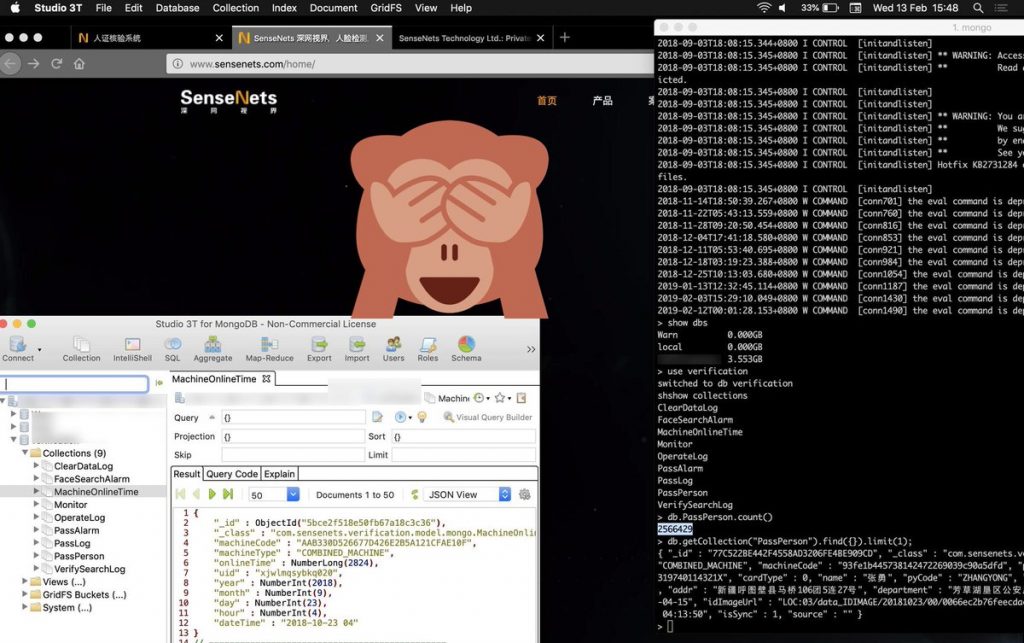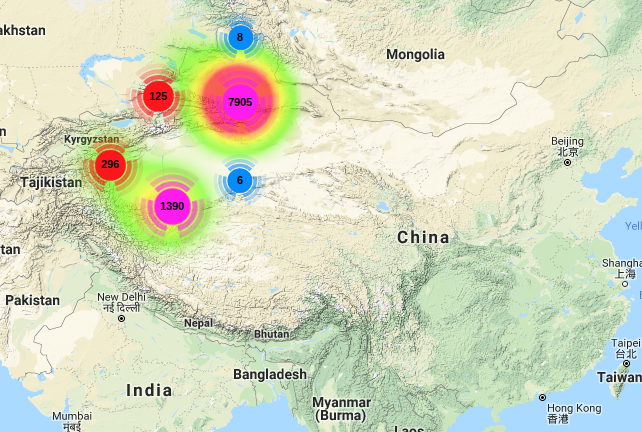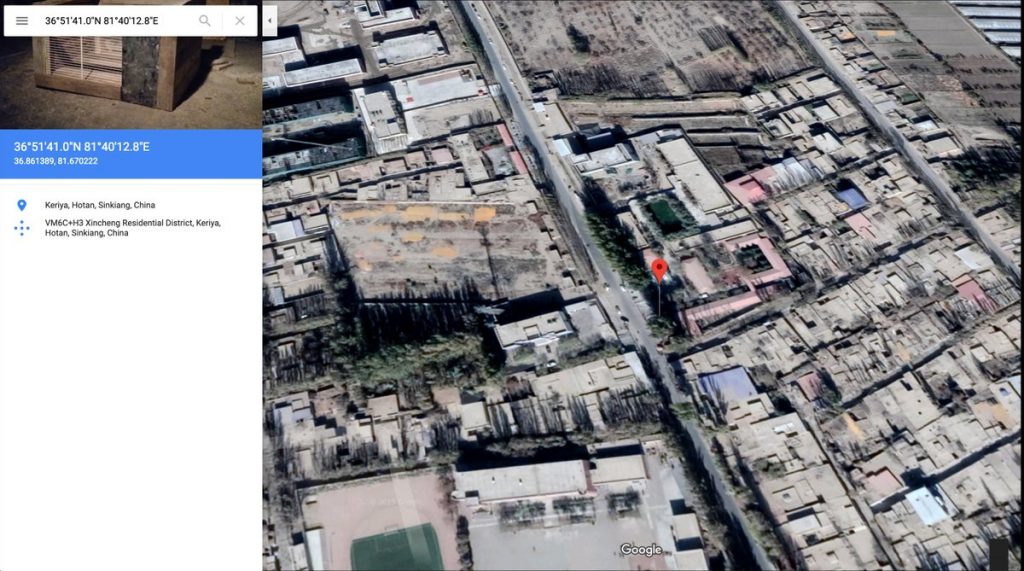China is often held responsible for conducting surveillance campaigns and espionage activities discreetly not only on its citizens but governments across continents. Now, a misconfigured facial recognition database has emerged that confirms the allegations put forth against China.
Reportedly, a Dutch security researcher has exposed database that contains exclusive details about the deep-rooted surveillance tactics and technologies that Chinese government uses to keep track of and to further suppress the already oppressed Uyghur Muslim minority in the country.
According to security researcher Victor Gevers, the Chinese government is utilizing facial recognition databases for probably months to remotely monitor Uyghur populace in the Xinjiang region. This database is the property of SenseNets, a Chinese firm, that provides crowd analysis and facial recognition technology services through videos. It is worth noting that Gevers is the same researcher who exposed the MongoDB database.
While speaking with ZDNet, Gevers stated that SenseNets’ database contains details of about 2,565,724 users as well as a stream of GPS coordinates. The database doesn’t only contain usernames but vital information that’s normally a part of ID cards.
“This database contains over 2.565.724 records of people with personal information like ID card number (issue & expire date, sex, nation, address, birthday, passphoto, employer and which locations with trackers they have passed in the last 24 hours which is about 6.680.348 records,” Gevers wrote on Twitter.
Furthermore, the researcher found profiles containing information about names, ID card numbers, sex, nationality, ID card’s issue and expiration dates, home addresses, photographs, date-of-birth, and employment information.
The GPS coordinates were associated with the individuals while the database also contained a list of trackers. These trackers offer locations of public cameras from which the footages were captured for assessment and there are descriptive titles attached with the trackers.
For instance, there are terms like mosque, police station, hotel, restaurant, internet café, and similar public locations where surveillance cameras are usually installed. Gevers also noted that the database is regularly being updated. Within only 24-hours, noted Gevers, around 6.7 million GPS coordinates were added to the database.
The ironic part is that such high-end technology is being used involving expenditures of billions of dollars to monitor a community that’s already an oppressed minority and pose no real threat to the society of the country’s security.
There is no doubt about the fact that this is by far the largest surveillance apparatus that China has ever utilized for monitoring purposes as far as the campaign’s scale is concerned. The monitoring is so detailed that almost every aspect of the daily lives of the Uyghur populace is tracked.
It is worth noting that China has categorically denied violating minority rights however with the database now leaked to the public, a larger picture of how Chinese surveillance system works against Uyghur Muslim has been exposed.













